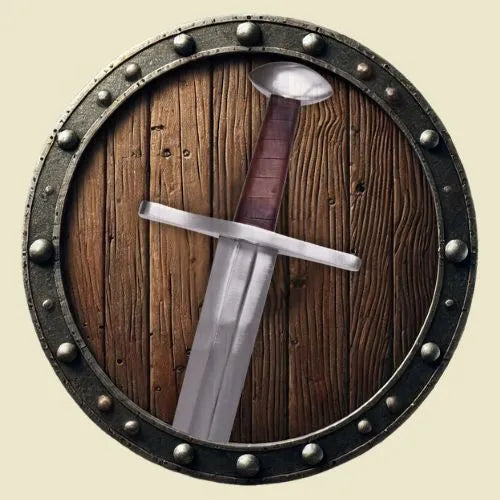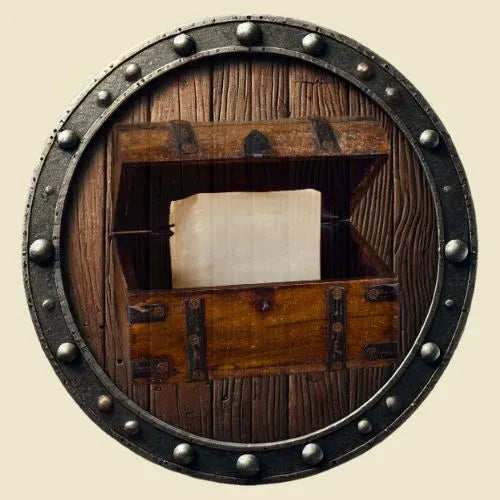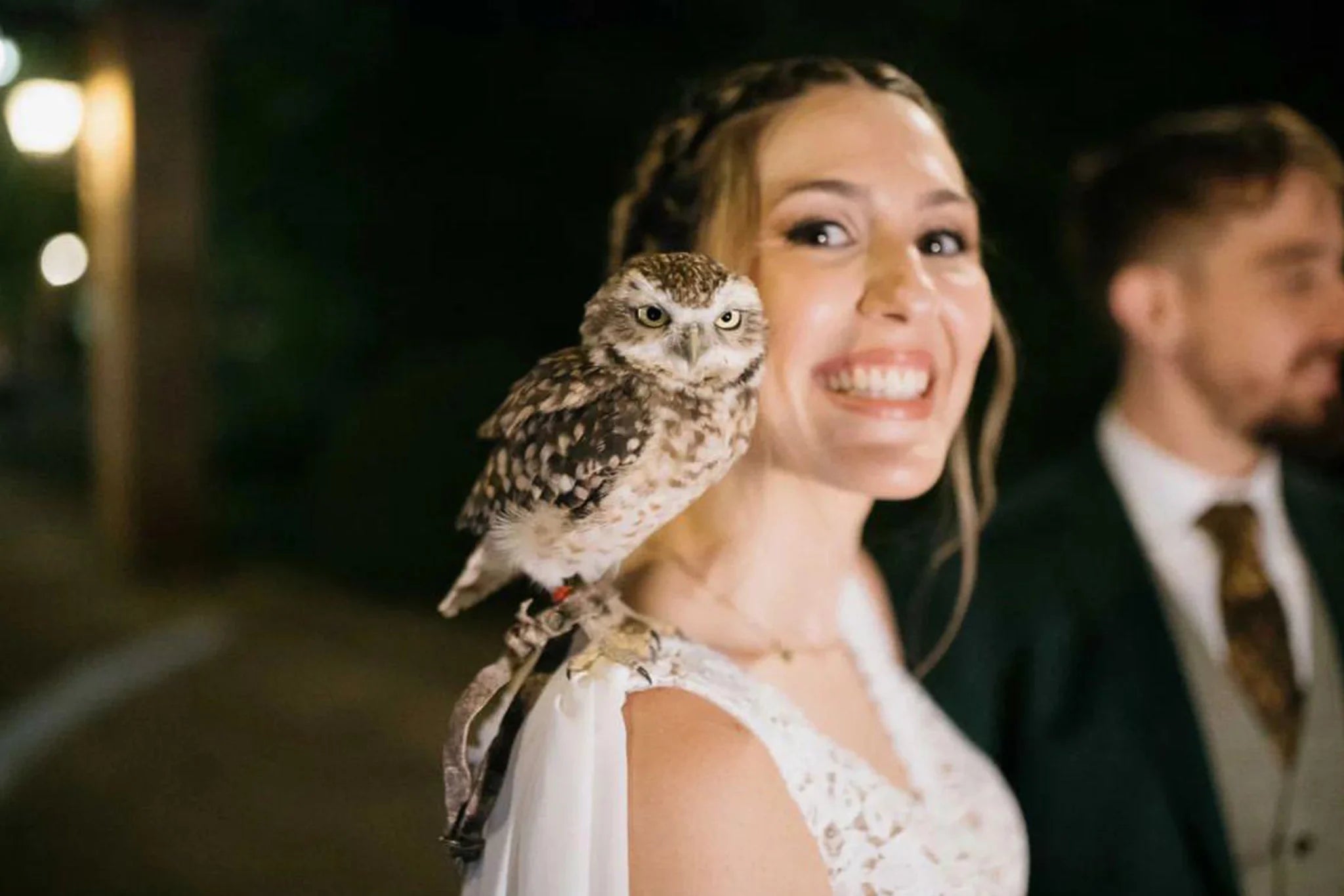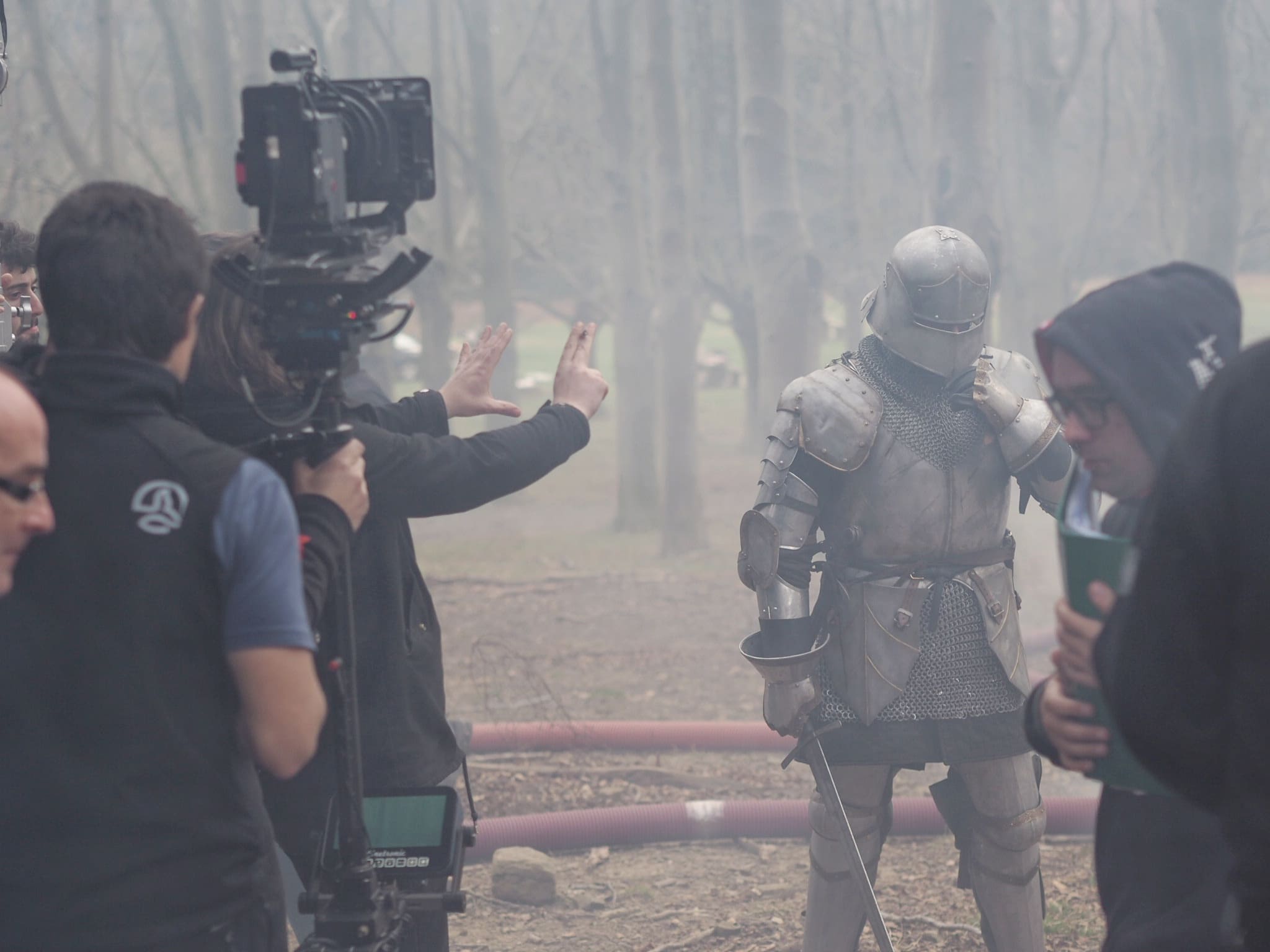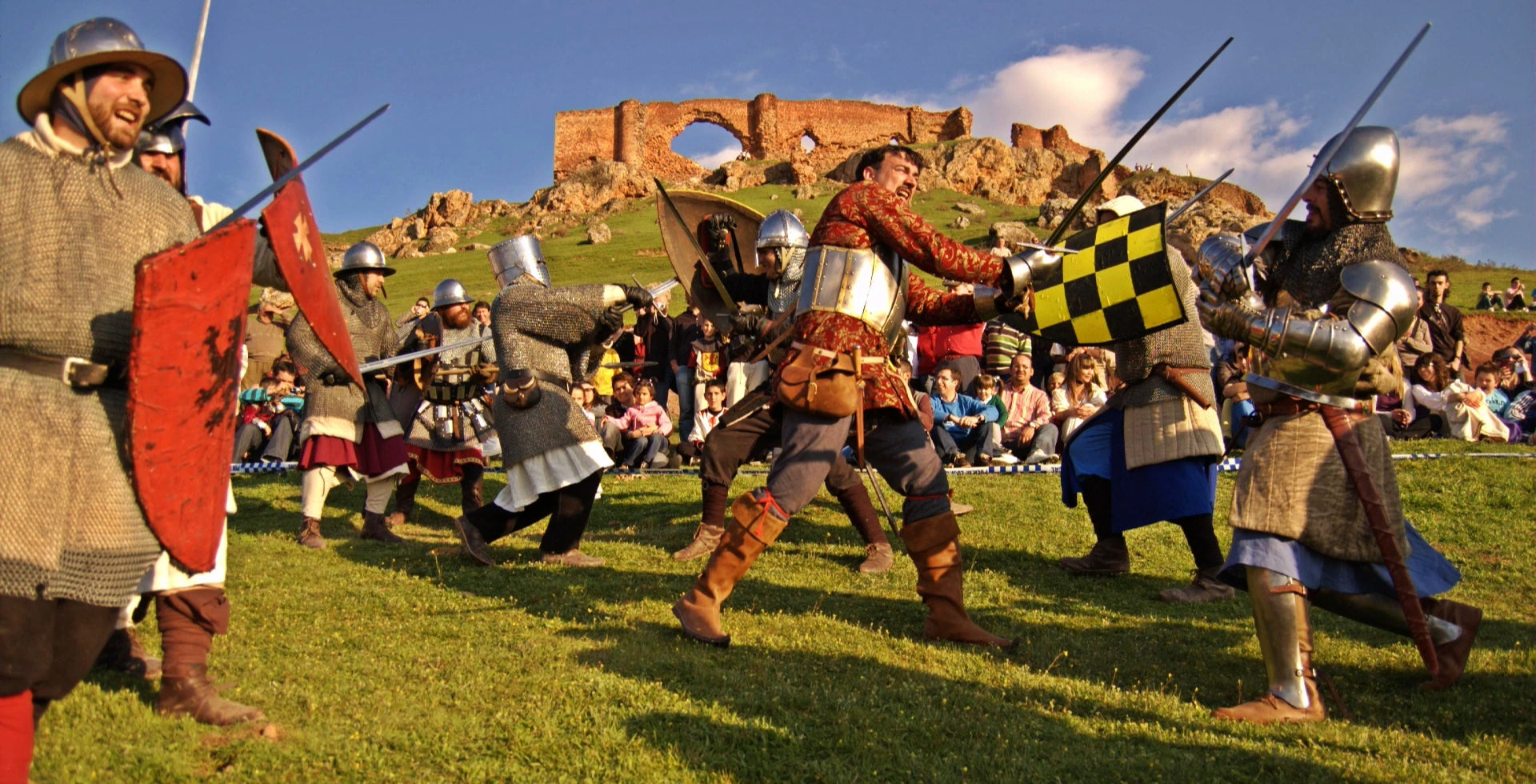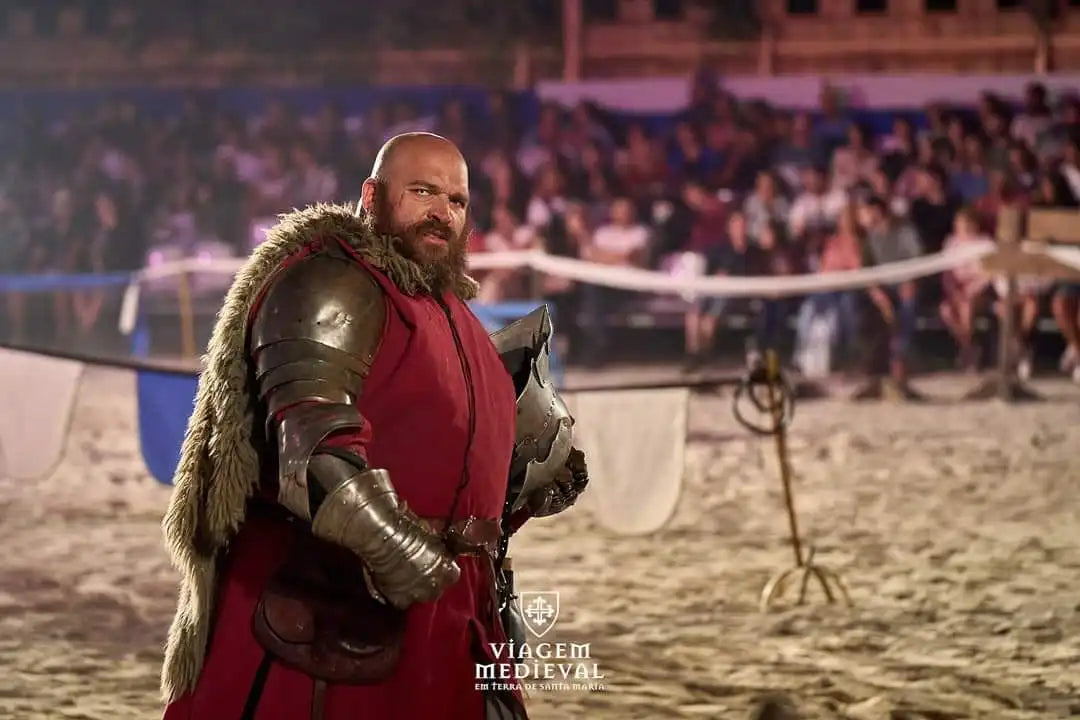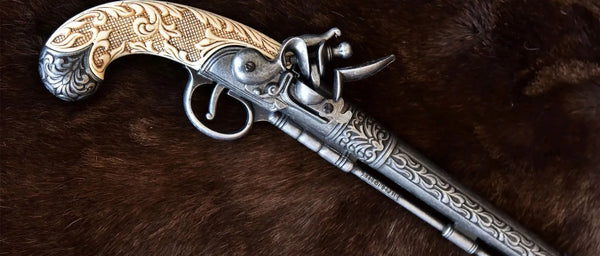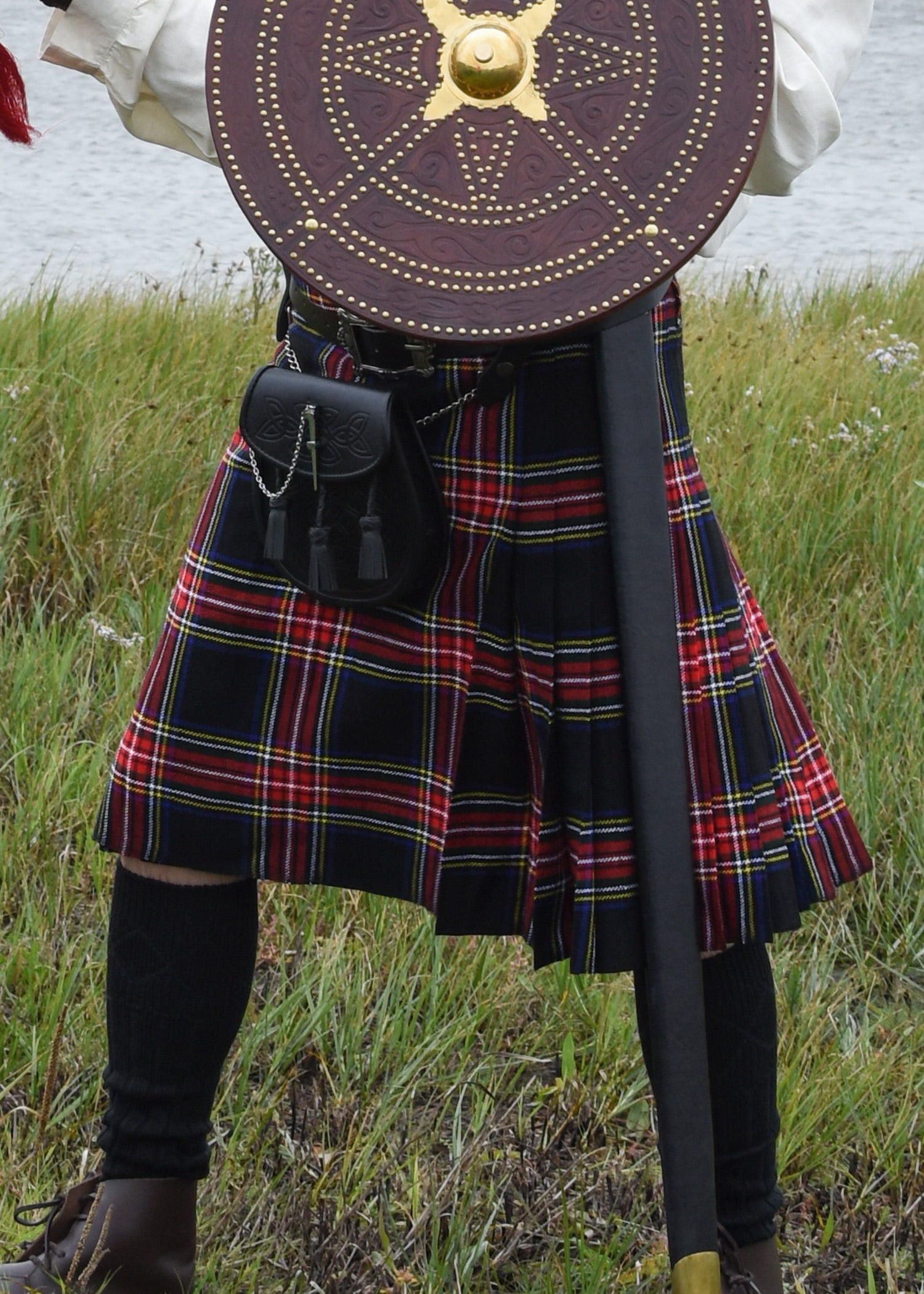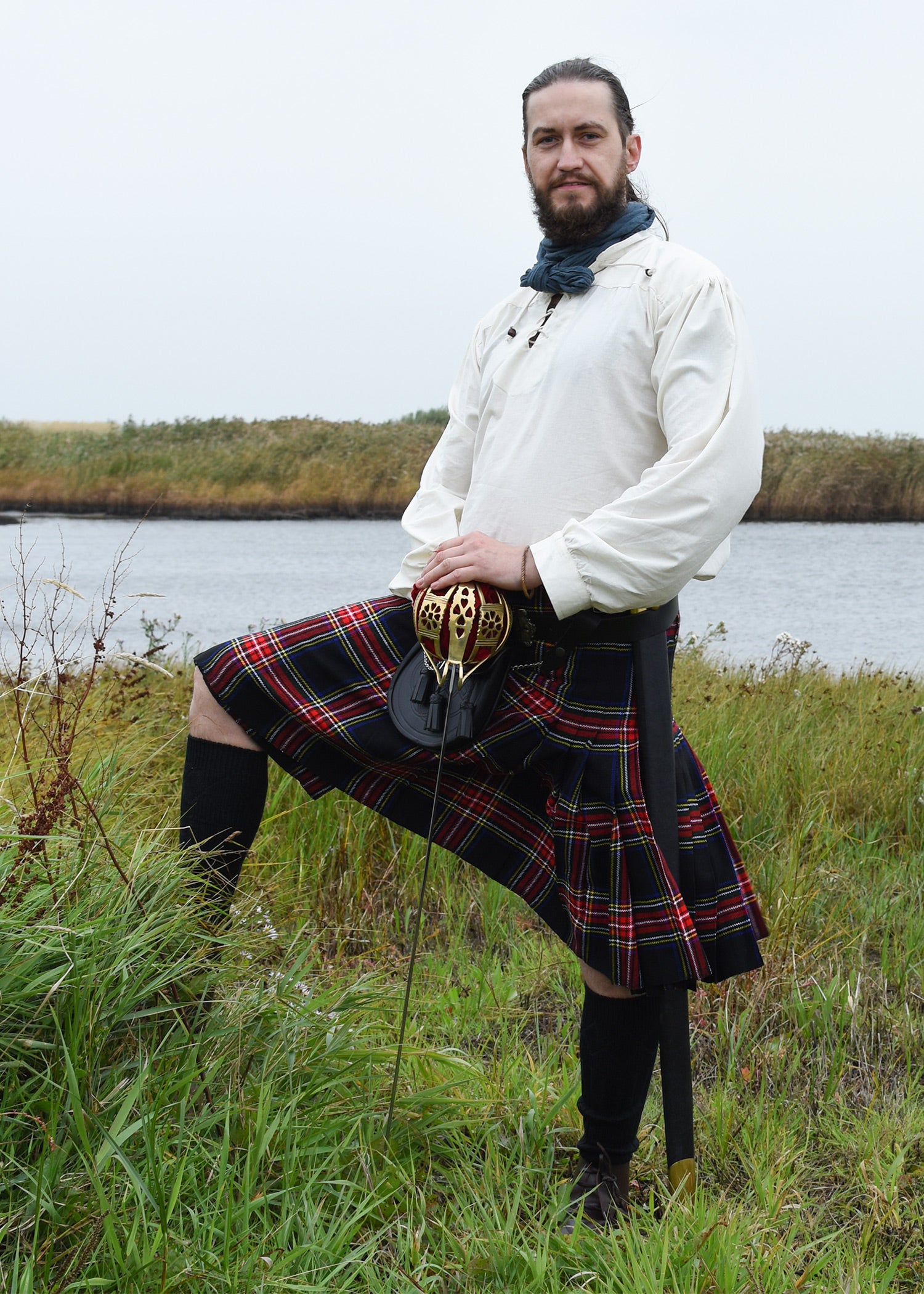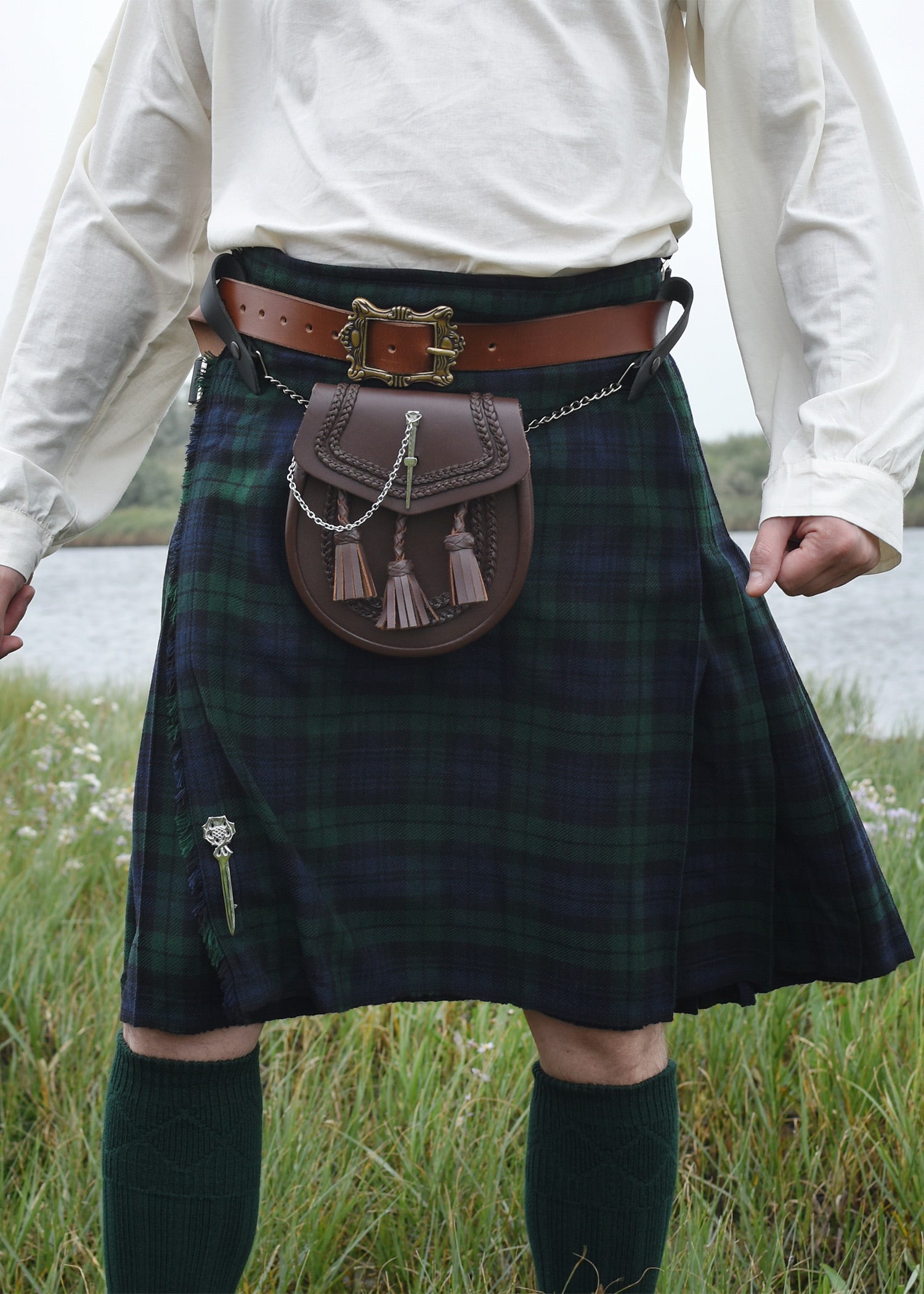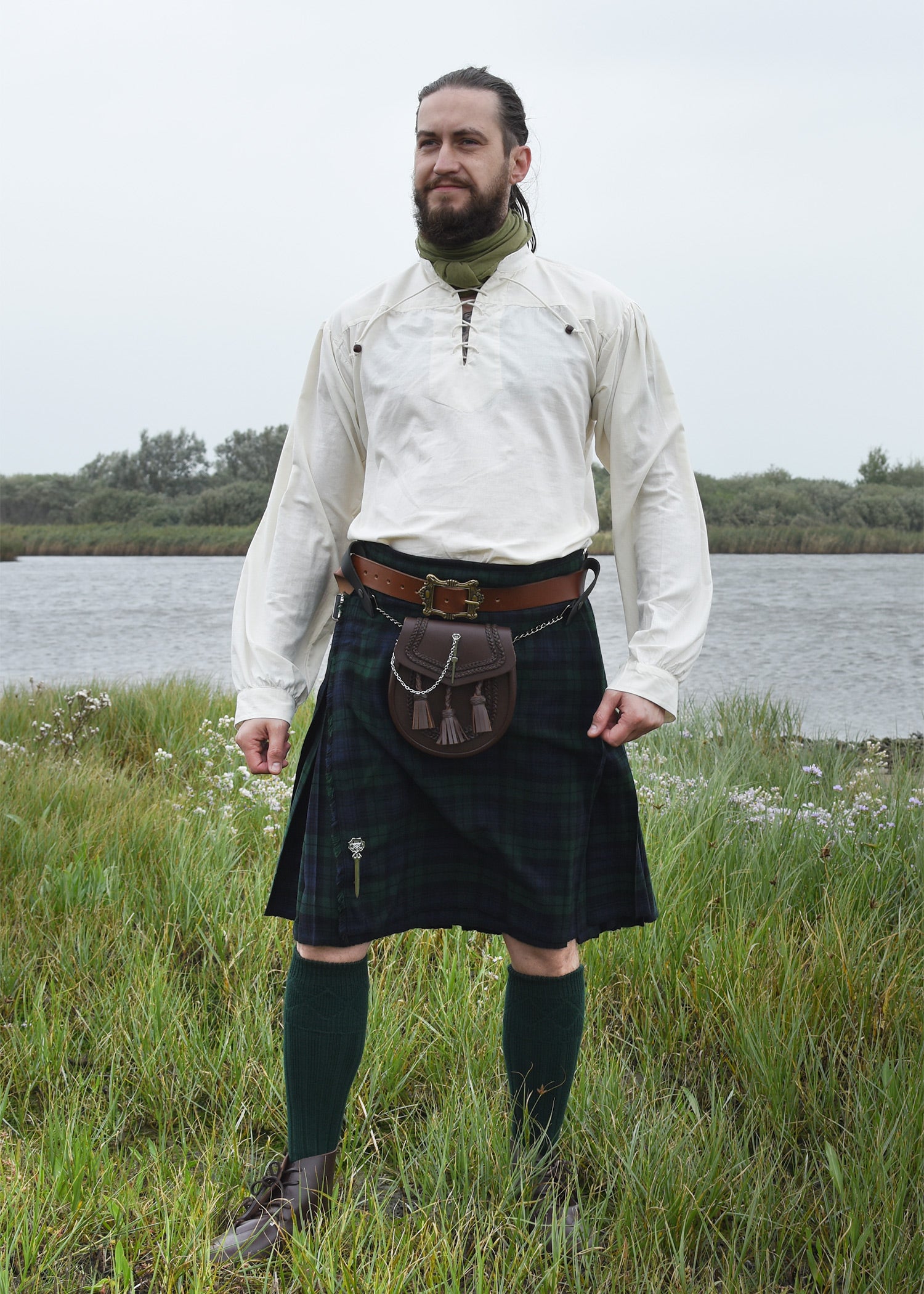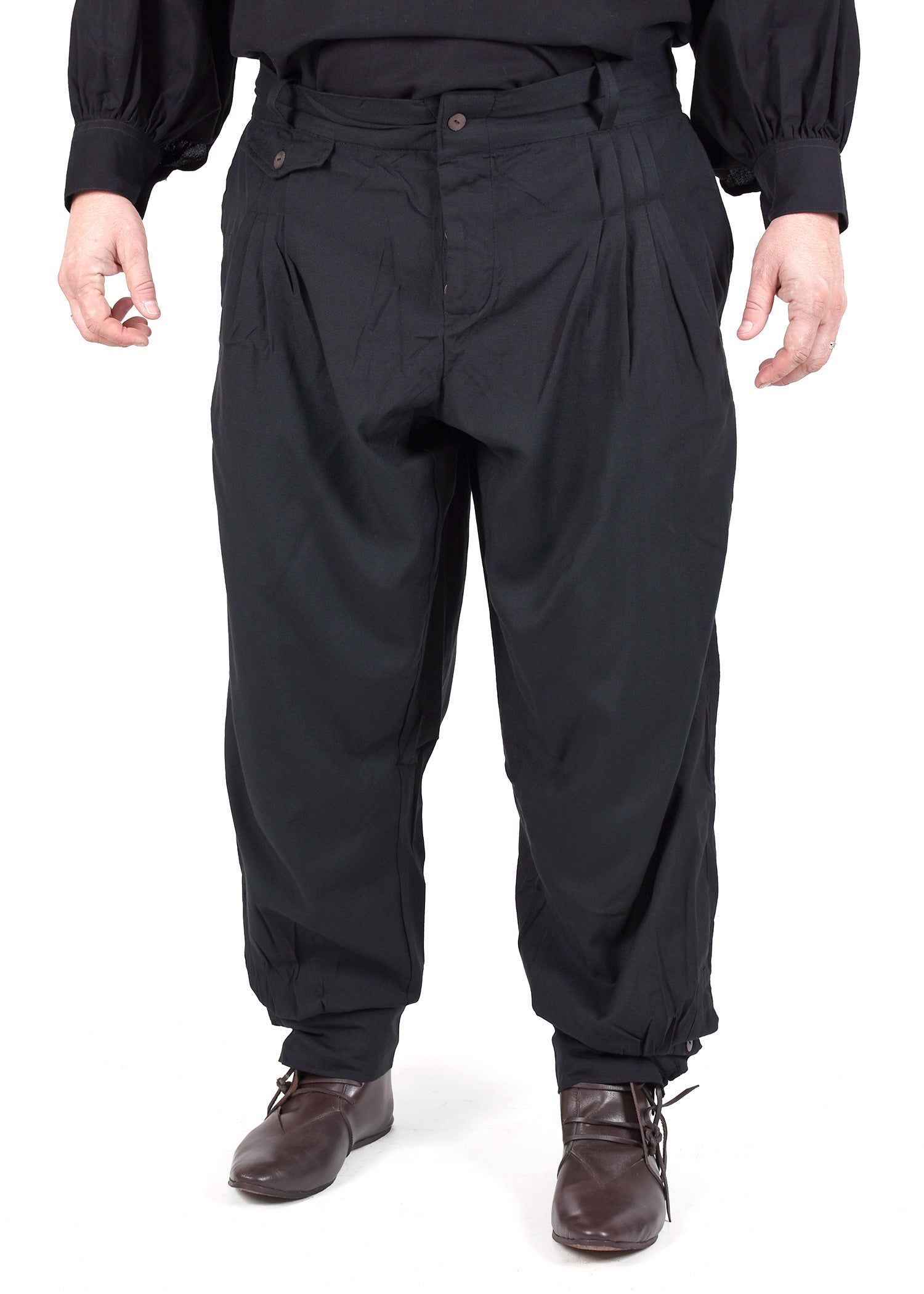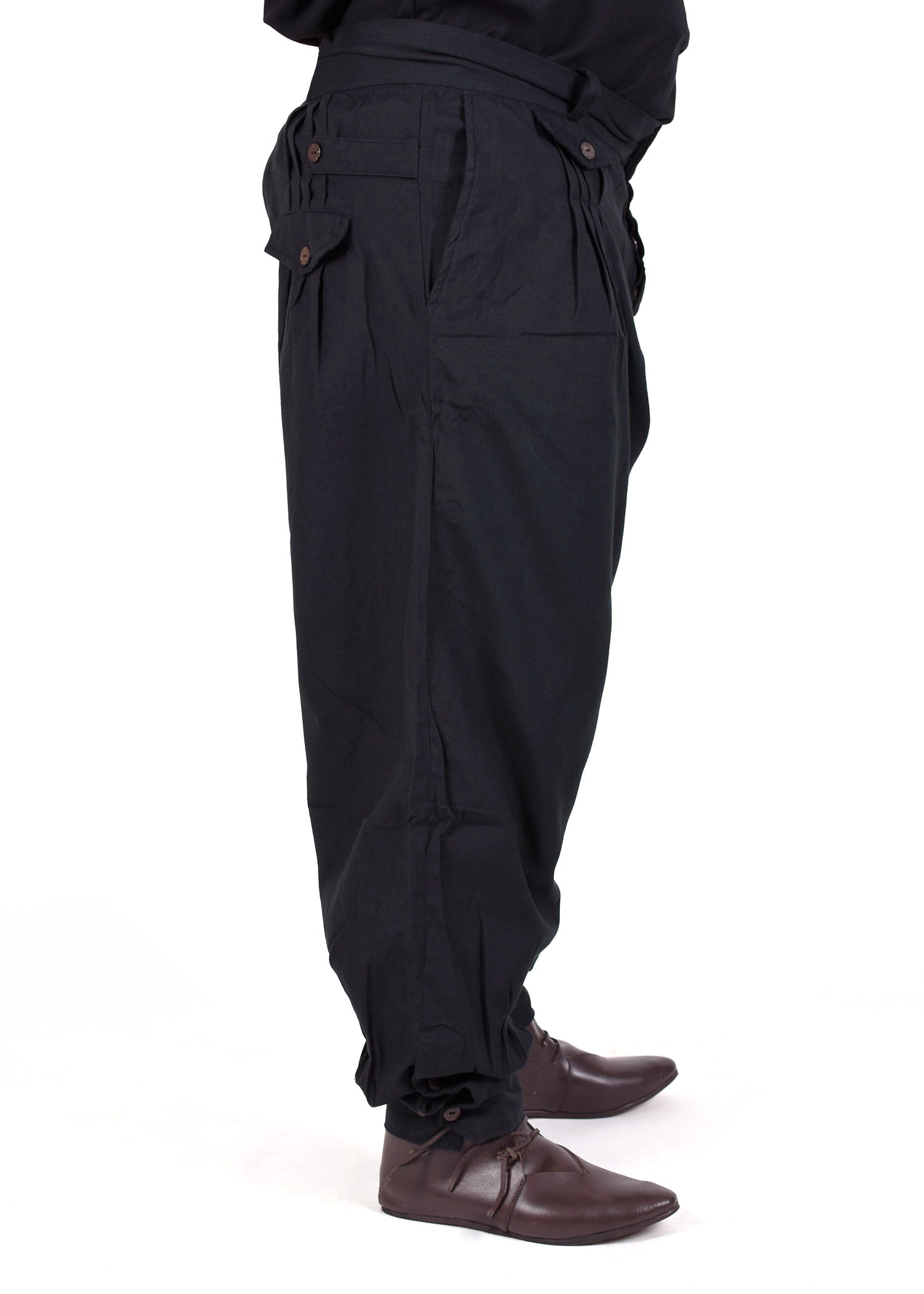Baroque trousers: elegance and distinction in men's clothing
During the Baroque period (17th and 18th centuries) , trousers evolved to reflect the luxury and sophistication of the nobility and bourgeoisie. With slim cuts, luxurious fabrics, and ornate details, they became a staple of men's attire.
Main characteristics of baroque trousers
-
Tight-fitting breeches : Known as "breeches" , they reached the knee and were fastened with buttons, bows or buckles.
-
Rich and elaborate fabrics : Made of velvet, silk and brocade , often with gold or silver embroidery.
-
High and fitted waist : To highlight the figure and emphasize the elegance of the masculine bearing.
-
Eye-catching decorations : At court, trousers included bows, lace and embroidered details.
-
Use with long stockings : They were combined with silk or wool stockings and shoes with buckles to complete the outfit.
Materials and manufacturing
-
Velvet and brocade : Opulent fabrics used in the clothing of the nobility.
-
Cotton and wool : The most common materials used in the clothing of the bourgeoisie and middle classes.
-
Lace and trimmings : Decorative elements on formal trousers and court attire.
Differences with pants from other eras and cultures
-
Greater refinement : Unlike medieval trousers, baroque trousers were more fitted and ornate.
-
Use of buckles and bows : Instead of simple laces or belts, they were fastened with elegant details.
-
Influence on 18th century fashion : The design of baroque breeches served as the basis for later aristocratic clothing.
Baroque trousers were a symbol of status and elegance , worn by knights and courtiers in the most distinguished circles. If you're looking for authentic replicas of Baroque trousers for historical reenactment, collecting, or period clothing , at Medieval Shop you'll find models inspired by 17th-century fashion.

